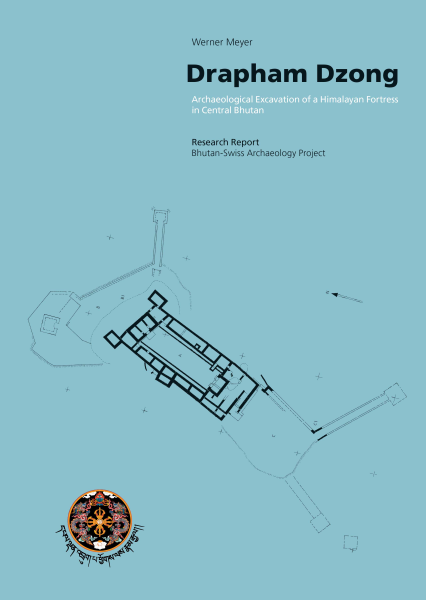Sign up and get notified with new article for free!

Book
Drapham Dzong

Drapham Dzong : Archaeological Excavation of a Himalayan Fortress In Central Bhutan
This pioneering work presents the results of the first archaeological project ever undertaken in Bhutan: the excavation of Drapham Dzong, a fortress in the Choekhor Valley (Bumthang). As the final report of the project, which ran from 2008 through 2010, it is a significant and innovative contribution to the study of Bhutan’s history. The excavations successfully established the beginning of the fortress’s construction in the mid-16th century as well as the historical sequence of the compound, which was completed in several stages, then renovated and ex-tended in the late 17th century. The abandonment of the complex can bedated to the early 18th century, and numerous findings imply violent destruction by a charging assault, looting, and arson. The assessment of the finds and features has brought to light valuable information beyond the basic history of Drapham Dzong’s construction. Alongside the numerous ceramic remains, which were categorized typologically, the ex-cavators also found traces of the plant- and animal-based diet of the fortress inhabitants, evidence of trade relations, and remnants of everyday life. Comparison of the excavated wall segments with analogous building components from other, preserved Dzongs enabled the team to prepare a rough graphic reconstruction of the main fortress.
|






